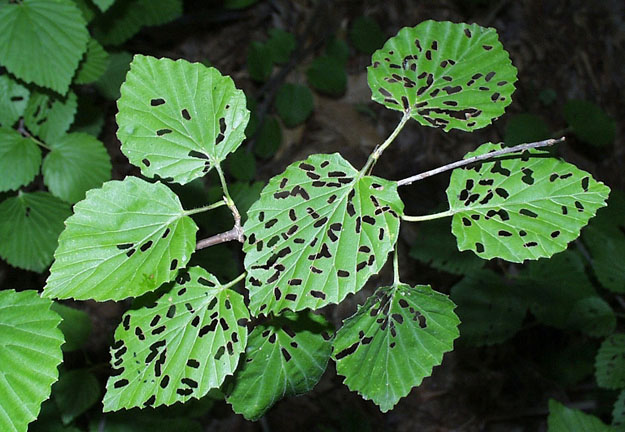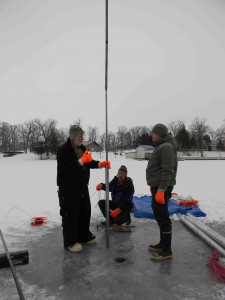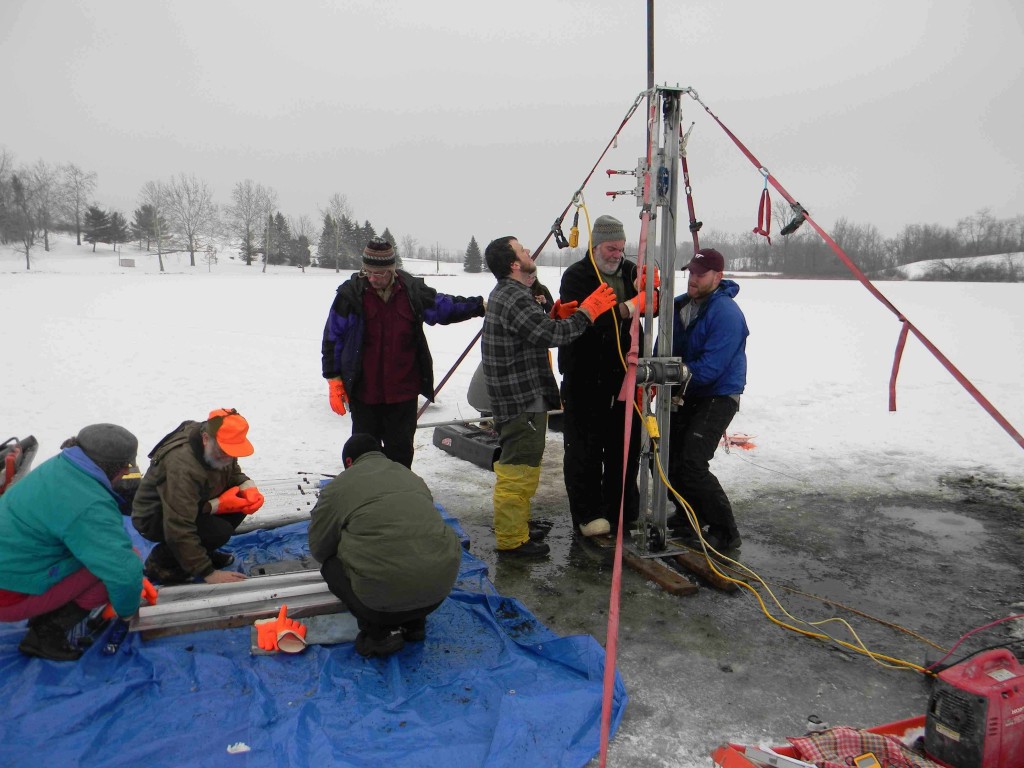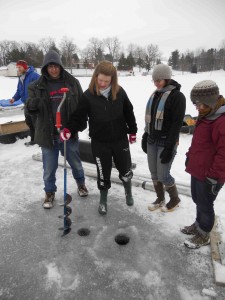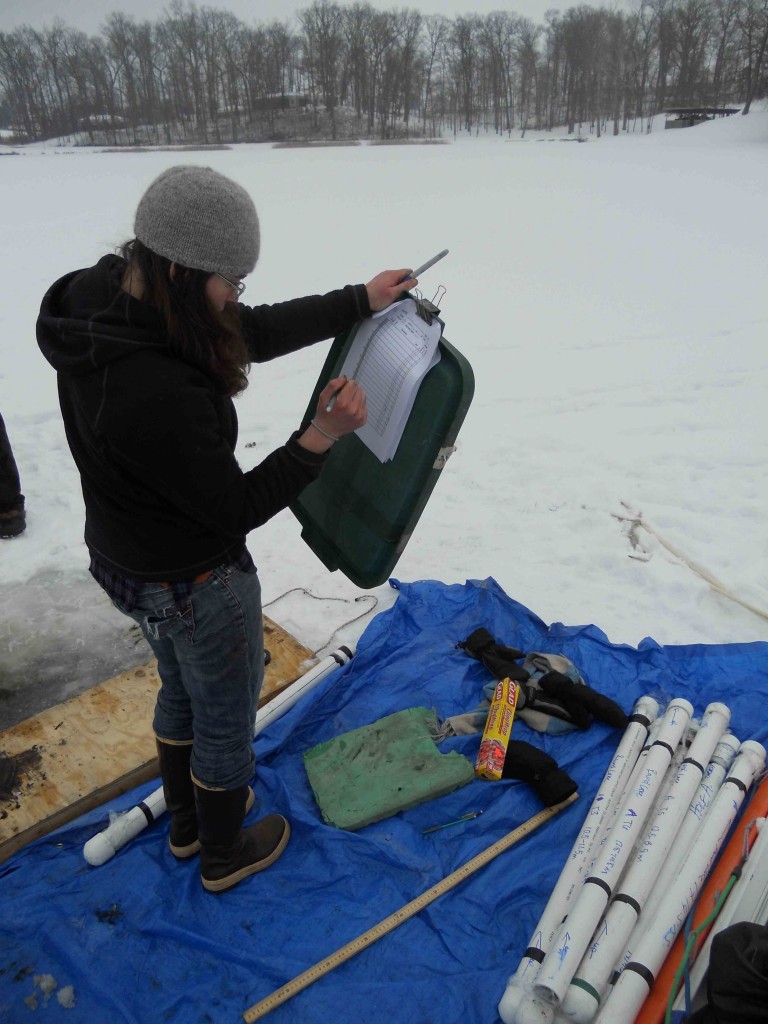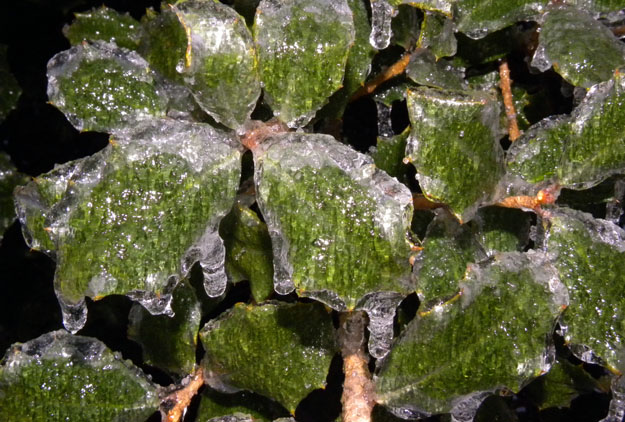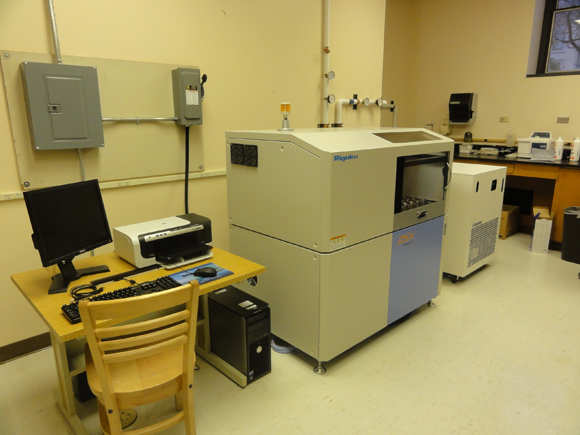
In the summer of 1996, I was a co-director of a Keck Geology Consortium project on the island of Cyprus. My students and I worked on the hot central plains far from the well known ophiolite complex in the cool mountains. One day Wooster student Steve Dornbos and I stumbled across a fantastic coral reef weathering out of Pliocene silts and clays. (Check out the locality on Google Maps at N35° 5.767′, E33° 8.925′. We weren’t far from the UN Buffer Zone between us and the “Turkish Cypriot political entity” to the north.) Describing this fossil reef and its associated organisms, and interpreting it as a recovery fauna after the Messinian Salinity Crisis, became the basis of Steve’s Independent Study. I like to think it is what made him the famous paleontologist he is today.
The reef framework was made by the scleractinian coral Cladocora, and there was a wonderful diversity of other organisms preserved in and on its branches. (You can read our paper about the reef by downloading this pdf: Dornbos & Wilson, 1999.) One of the most spectacular is shown above: the European Thorny Oyster Spondylus gaederopus Linnaeus 1758. This filter-feeding pectinoid bivalve (not a true oyster) cemented itself to the coral and then filtered the surrounding water for nutrients. It had long spines on both valves, most of which are broken off in our specimen. The exterior of this bivalve is composed of resistant, long-lasting calcite; the interior of shiny, less resistant aragonite.
Spondylus gaederopus has been well known in Europe for at least 5000 years. Its thick shell and mix of calcite and aragonite made it ideal for carving beads, bracelets, rings and other cultural items. The shells were harvested in the Mediterranean and then traded throughout the continent. (Here is the outline of a 2007 European Association of Archaeologists meeting devoted just to Spondylus.) This species was one of the first bivalves named by the famous Swedish taxonomist Carl Linnaeus, and it was cited by Charles Lyell as an important species for sorting out Tertiary and Quaternary geologic time divisions.
 Today the versatile shell of Spondylus gaederopus serves another purpose: helping track annual fluctuations in sea surface temperatures and salinities in the Mediterranean. These animals were long-lived and their thick shells preserve isotopes of calcium and oxygen from past seawater.
Today the versatile shell of Spondylus gaederopus serves another purpose: helping track annual fluctuations in sea surface temperatures and salinities in the Mediterranean. These animals were long-lived and their thick shells preserve isotopes of calcium and oxygen from past seawater.
The species has lasted over 23 million years from the Early Miocene until today. I wish I could show you an image of a living Spondylus gaederopus, but the only public domain photographs available are of the related species Spondylus varians from East Timor:
 In life the animal has creepy rows of eyes in its colorful mantle around the edge of the shell. For a bivalve it has a rather advanced nervous system, complete with optic lobes for the eyes.
In life the animal has creepy rows of eyes in its colorful mantle around the edge of the shell. For a bivalve it has a rather advanced nervous system, complete with optic lobes for the eyes.
So here’s to the multidisciplinary Spondylus gaederopus who has been in our service from Neolithic times to today. We can even say this particular specimen helped launch a paleontological career.

